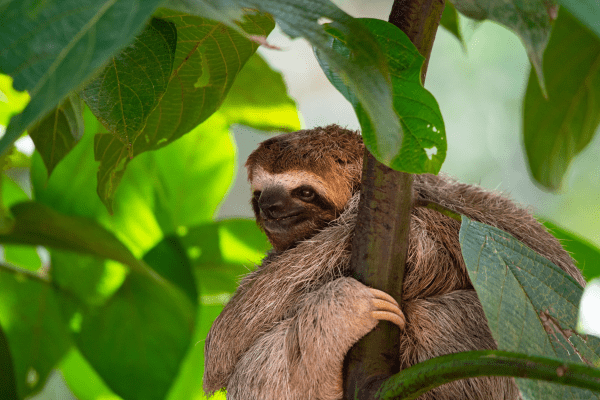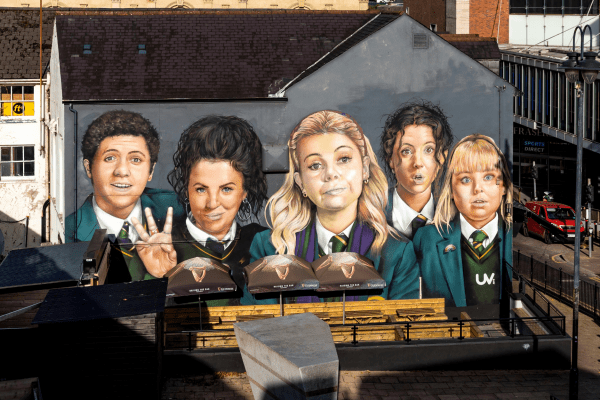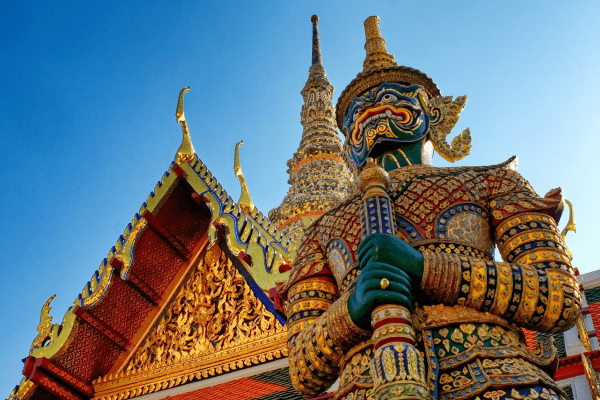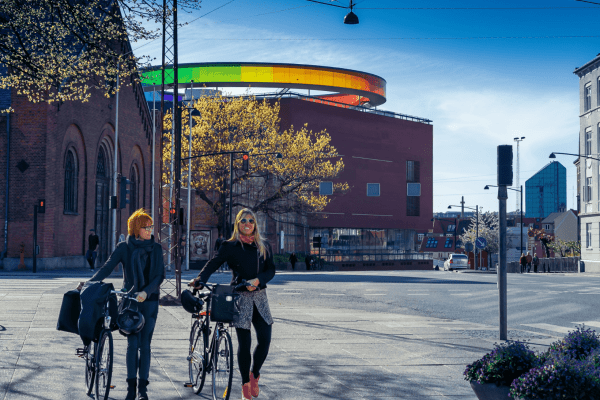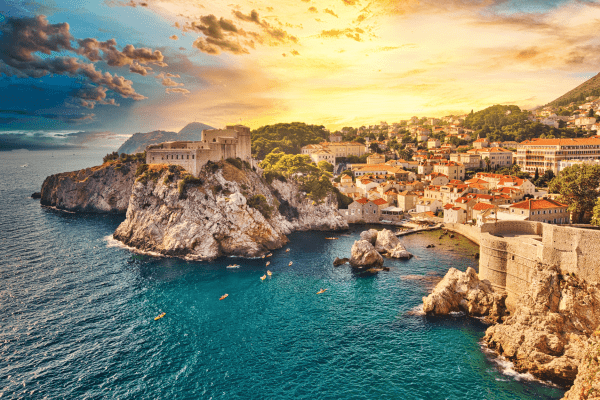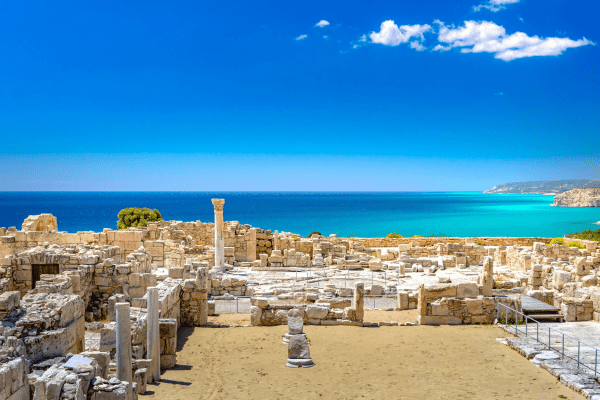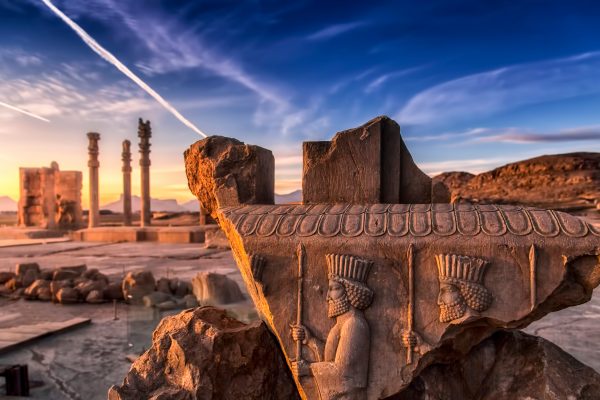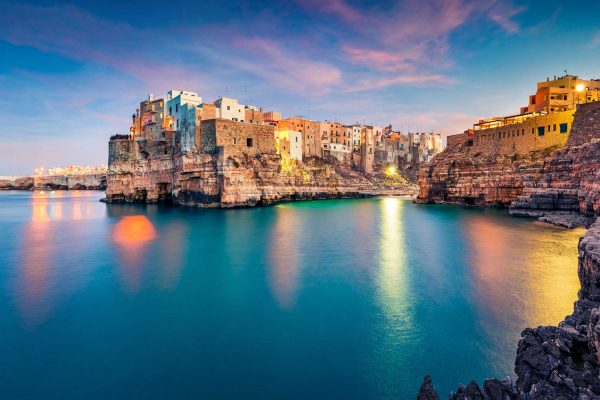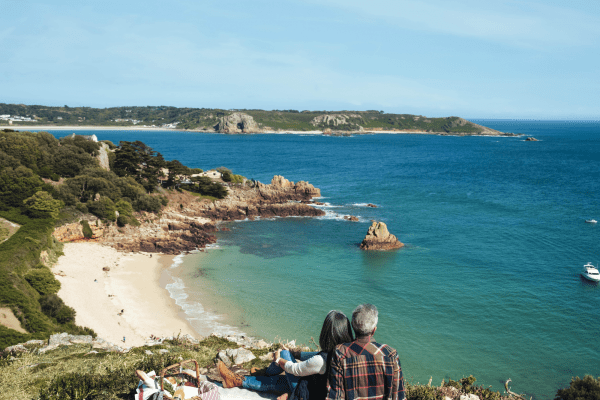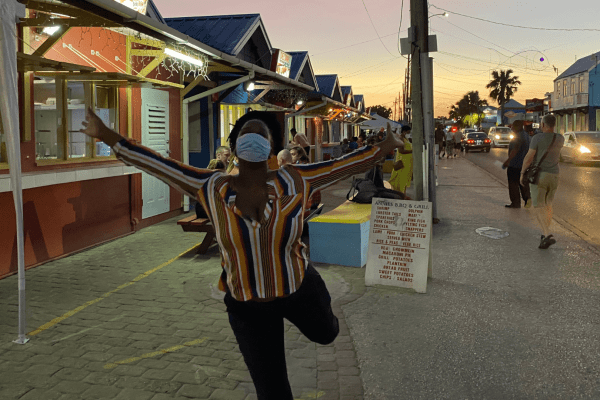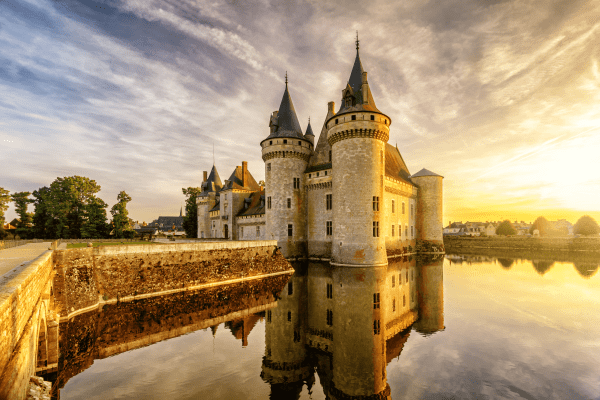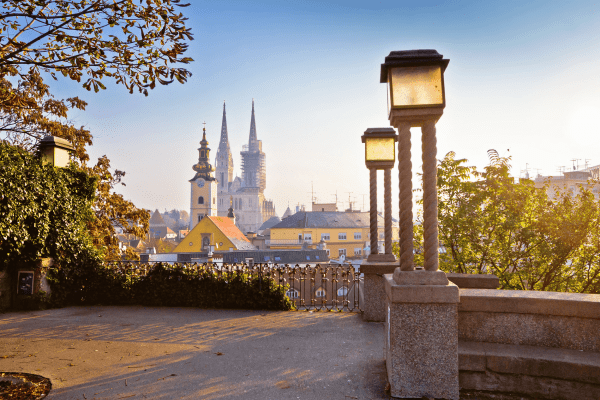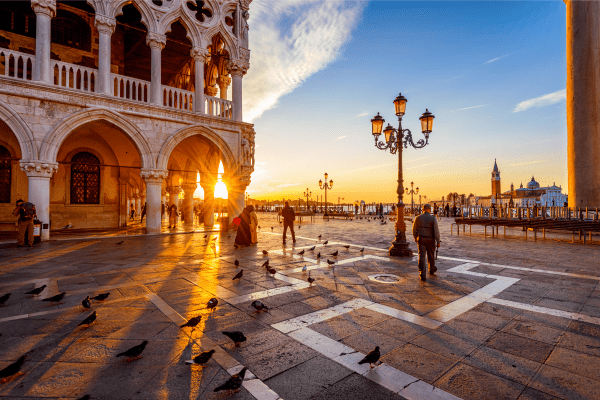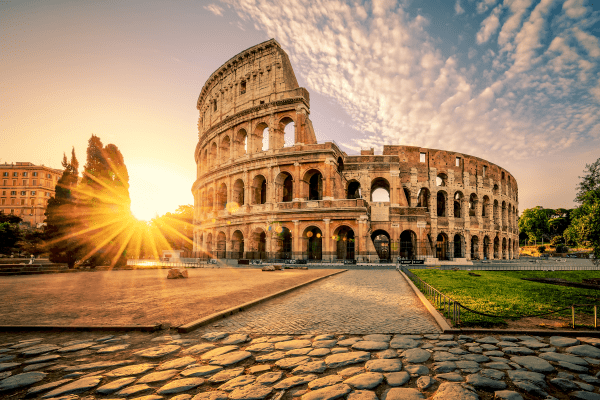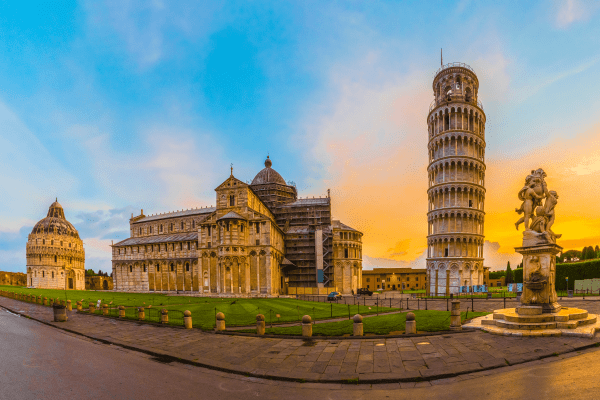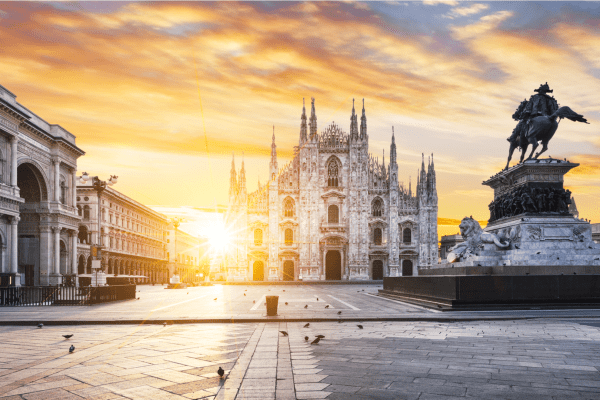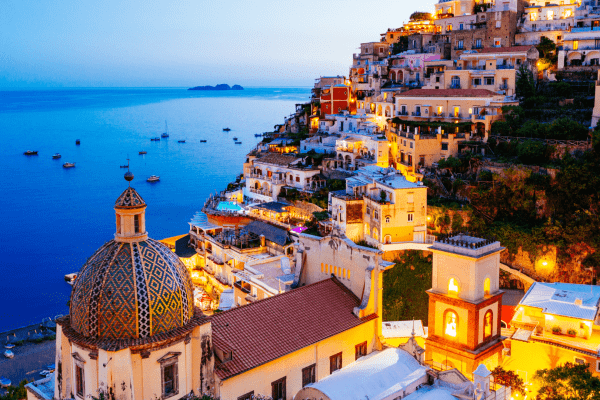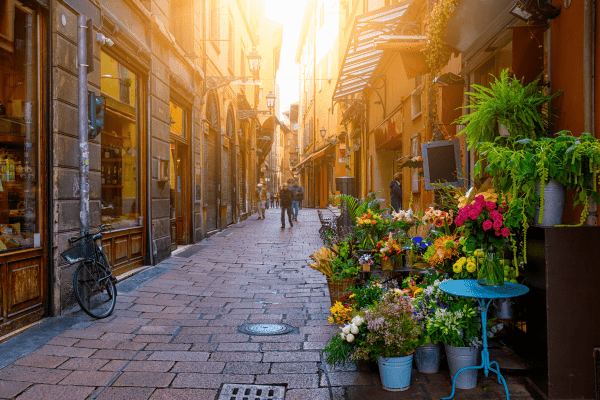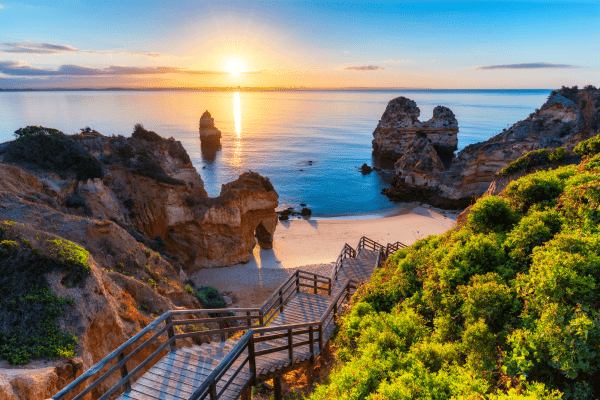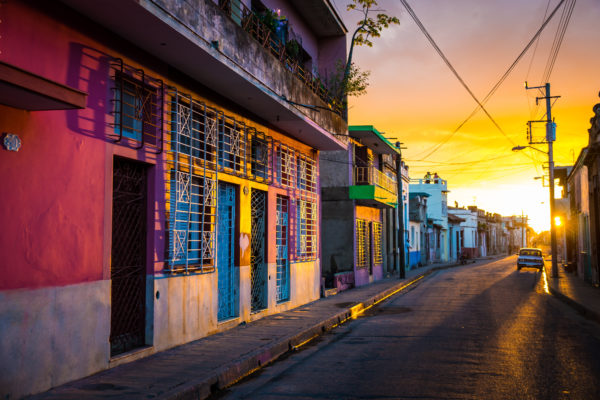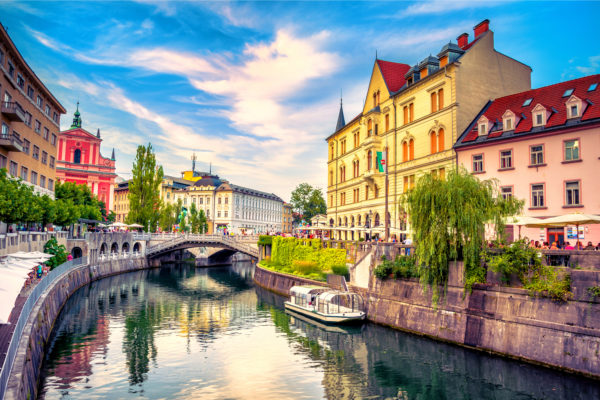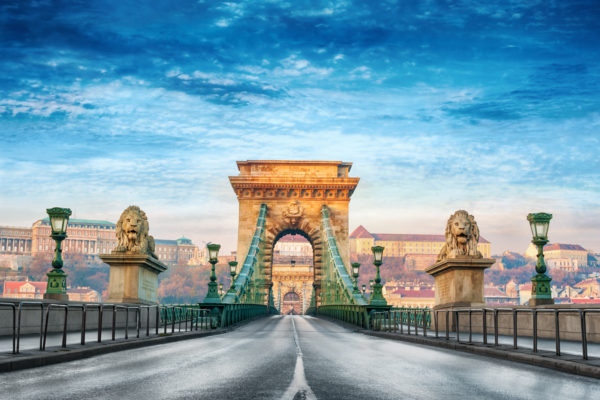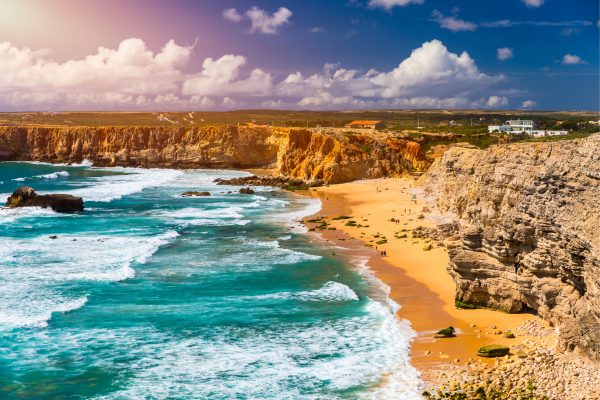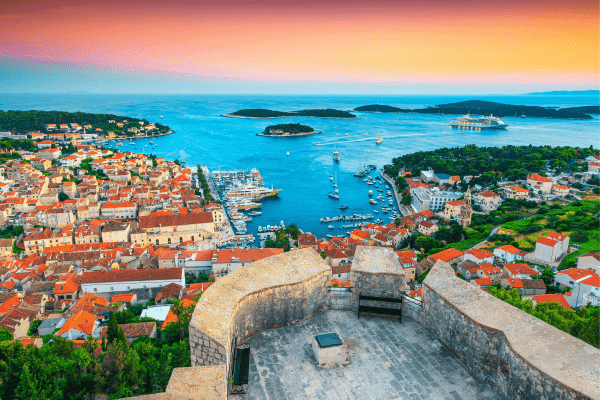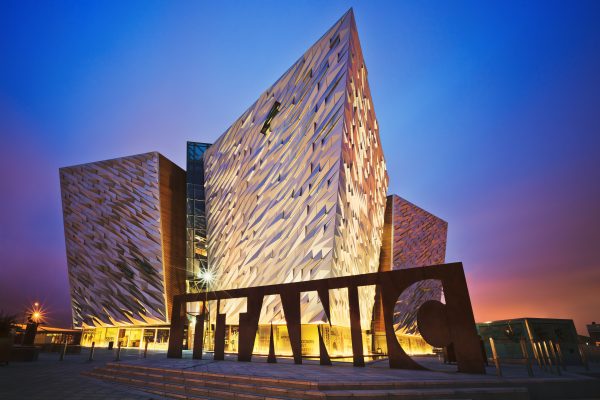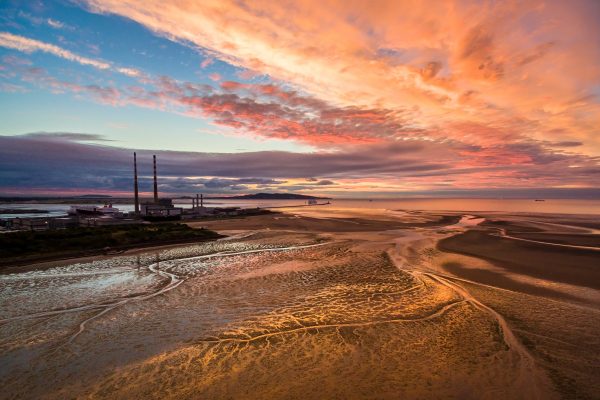Cusco is Peru’s cultural capital and was once the Inca’s capital, from which they controlled much of South America. It’s both full of and surrounded by archaeological sites, some relatively unknown and some as famous as Machu Picchu. Cusco in the low season is ringed by green hills, and you’ll see rainbows every afternoon, which have long been the symbol of Inca heritage and Quechua culture. Cusco’s flag is a rainbow, only distinguishable from the gay pride flag by having two blue stripes: sky blue and navy blue.
The low season coincides with the rainy season, though you’ll want to skip the holidays because Cusco fills up with national tourists the week around Christmas and New Year’s. The rest of the low season you’ll enjoy empty restaurants and viewpoints, and discounts on hotels and tours. Even train tickets to Machu Picchu are discounted since they’re priced like plane tickets, with higher prices during the busiest times of year. Machu Picchu itself is on the edge of the Amazon Rainforest Basin, where it rains year-round, making your chance of a sunny day in the low season not too different from the high season.
The best activities during Cusco’s low season are day tours and cultural events. Popular sites like Moray and Pisac glow during the rainy season, when the ancient Inca stonework glistens, the terraces are green, and the mountains above capped with snow. It’s technically summer in Peru, but since winter is dry, summer is when Andean peaks regain their white caps. It’s important to note that multi-day treks are much more difficult in the low season due to the poor camping weather, though day hikes can be just as good. The Inca Trail is closed every February for maintenance, though Machu Picchu never closes.
Tour the Sacred Valley
The most popular day tour from Cusco takes you to the lush green fields of the Sacred Valley, which fuelled the Inca’s power as they carefully controlled the region’s food supply. You’ll see Andean canals funnelling excess rainfall into ancient fountains, rushing creeks, waterfalls, and Andean terraces doing what they were designed for: growing bumper crops. During the low season your Sacred Valley tour will lack the crowds of the high season, but you’ll gain hillsides covered with wildflowers and dozens of species of birds found nowhere else. The Sacred Valley is home to Mitred parakeets, Sword-billed hummingbirds, and Bearded Mountaineer hummingbirds, all striking birds that photographers and birders will love.
Indulge in Andean Cuisine
Peruvian cuisine has gone global and many of its most emblematic dishes are from Cusco, which sits at the crossroads between the rainforest and the high Andes. In the low season, markets overflow with tropical fruits like lúcuma from the Amazon and unique vegetables like maca from high altitude regions. Since it’s summer in South America, you’ll get to taste all manner of fresh fruits and vegetables that aren’t available during the high season. Sign up for a cooking class so you can replicate some of your favourite Peruvian dishes when you get home.
Cultural Festivals
Catholic holidays in Cusco are heavily layered with Quechua culture. Expect to see fantastical costumes representing Andean spirits, like the Qhapaq Qolla’s knit white masks representing the spirit of alpacas. Parades and plazas fill with Andean dances, complete with flutes and drums. Many holidays change depending on the date of Easter, so check your calendar for Día de Comadres the Thursday before Carnival and Día de Compadres two Thursdays before Carnival. Madre means mother in Spanish and Comadres celebrates sisterhood and the women in the community, while Compadres celebrates brotherhood and paternal links. Carnival also falls sometime during the low season.








